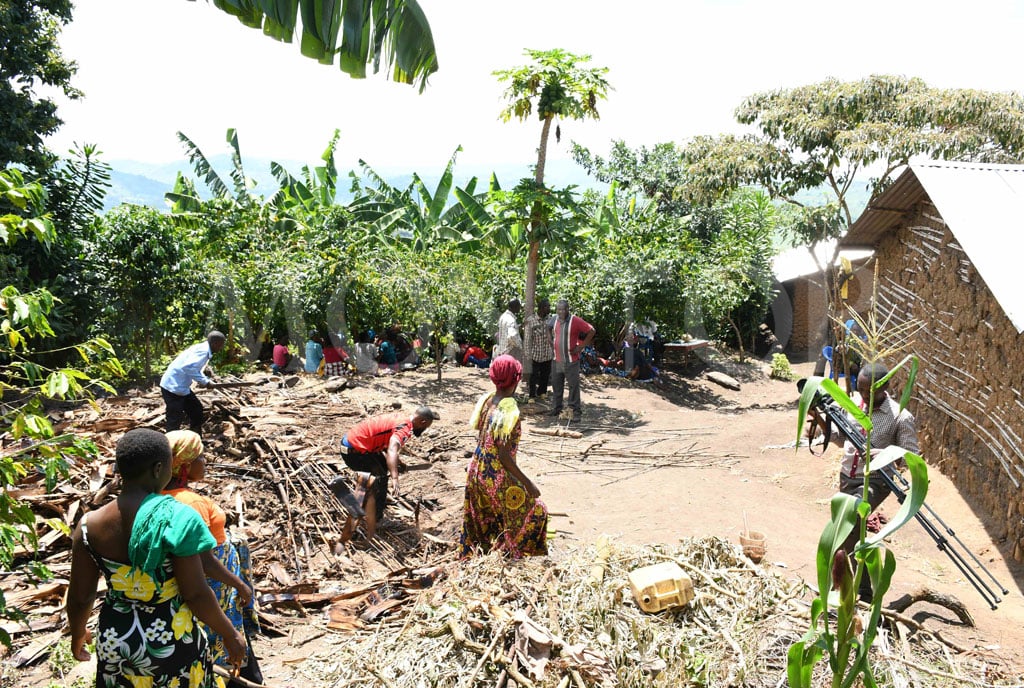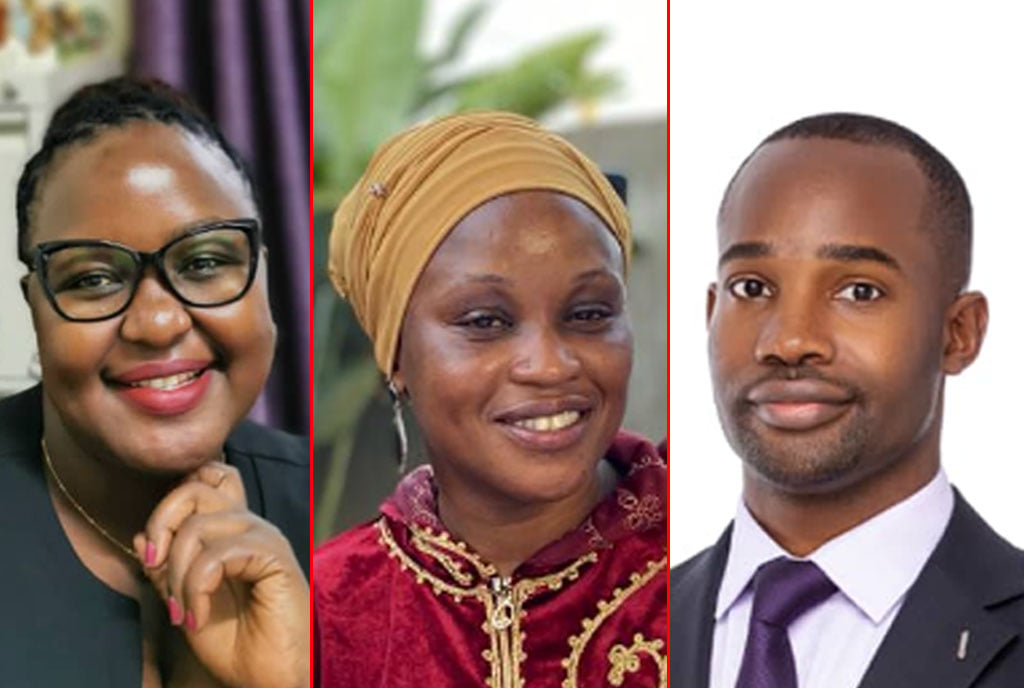The global climate finance divide: What’s in it for Africa?

Badru Walusansa
What you need to know:
- Deeper reflections should be centred on how Africa will be supported through deliberate climate finance actions.
Africa accounts for less than 10 percent of global greenhouse gas emissions. Paradoxically, it’s the continent with the least capabilities to cope with the adverse effects of climate change. In fact climate change has given rise to many existential threats to many African economies, infrastructural investments, water and food systems, public health, agriculture, and livelihoods.
The Intergovernmental Panel on Climate Change suggests that if there is no improvements to climate change vulnerability or adaptation, high emissions could make Sub-Saharan Africa lose 12 percent of GDP by 2050 and 80 percent by 2100. This is a worrying trend that could potentially reverse all Africa’s development gains amid the augmented poverty levels claiming the continent.
It’s true there are ongoing global efforts to address climate change. During the African Climate Summit held on September 4, 2023 in Kenya, the World Meteorological Organisation (WMO) launched the Africa Early Warning for All Action Plan. It’s argued that this plan will save lives and livelihoods on a continent which is disproportionately affected by socio-economic costs of climate change.
However, despite the above and many other initiatives, it’s evident that climate finance is an integral part in accelerating global efforts to mitigate climate change. Nevertheless it remains a concern that Africa is still at the peripheral of the global climate finance architecture yet climate financing gaps exist.
Global Centre on Adaptation revealed in their recent study that Africa only received $11.4 billion in adaptation finance in 2019-2020. The study further noted that Africa will receive $182 billion by 2035 for climate adaptation, less than one-tenth of the up to $1.7 trillion by 2035. More disturbingly the biggest percentage of the received adaptation finance was in form loans.
A report published by Climate Policy Initiative in 2022 indicated that African governments required a total of $2.8 trillion between 2020 and 2030 to implement their Nationally Determined Contributions to reduce national emissions and adapt to the impacts of climate change. Out of the required finances, African governments were only capable of committing a paltry $ 264 billion, leaving a huge finance gap of $ 2.5 trillion expected from, among others international public sources and international private sectors.
Whereas it would be expected of the developed countries who are the largest emitters of the carbon dioxide to contribute finances towards mitigation and adaptation of climate change effects in poor countries - majority from Africa – it’s rather surprising that Africa is still left behind. This is at the backdrop of the endless and unfulfilled commitments by developed countries to scale up financial contributions to support climate schemes in Africa.
The Africa Policy Research Institute argues that Africa cannot meet its climate obligations without a major increase in international financing. Yet this international financing ought not to be looked at as charity but an obligation ushered in by the famous Common But Differentiated Responsibilities (CBDR) principle which presupposes that some countries are historically responsible juxtaposed to others in contributing to climate change.
The ongoing UN Climate Change Conference (COP 28) in Dubai therefore renders African governments a significant opportunity to renegotiate with developed countries the cause for just climate financing. Deeper reflections should be centred on how Africa will be supported through deliberate climate finance actions.
The author, Mr Badru Walusansa is a Policy Analyst




